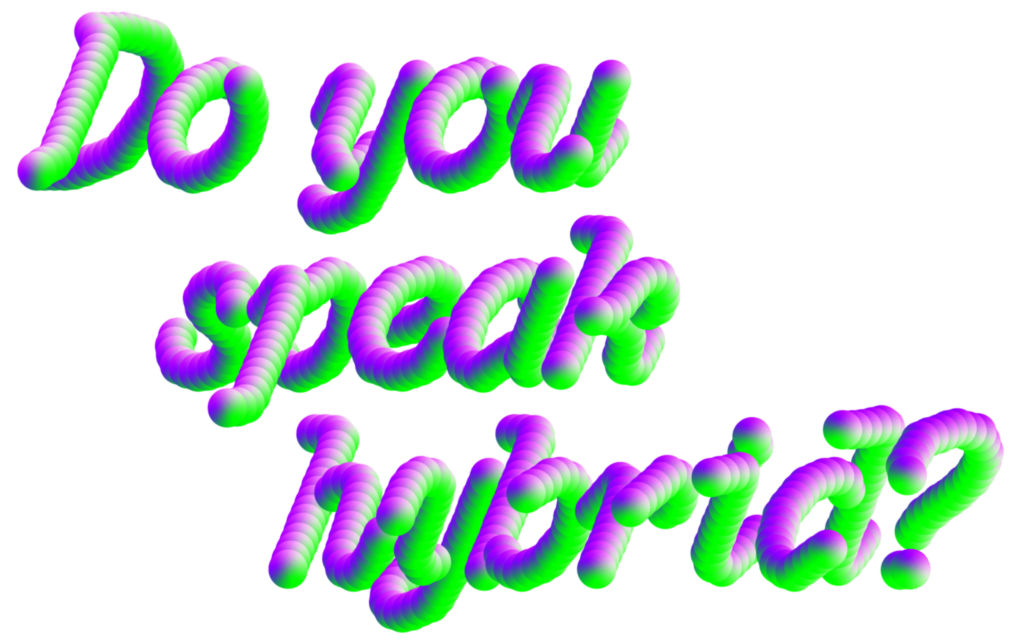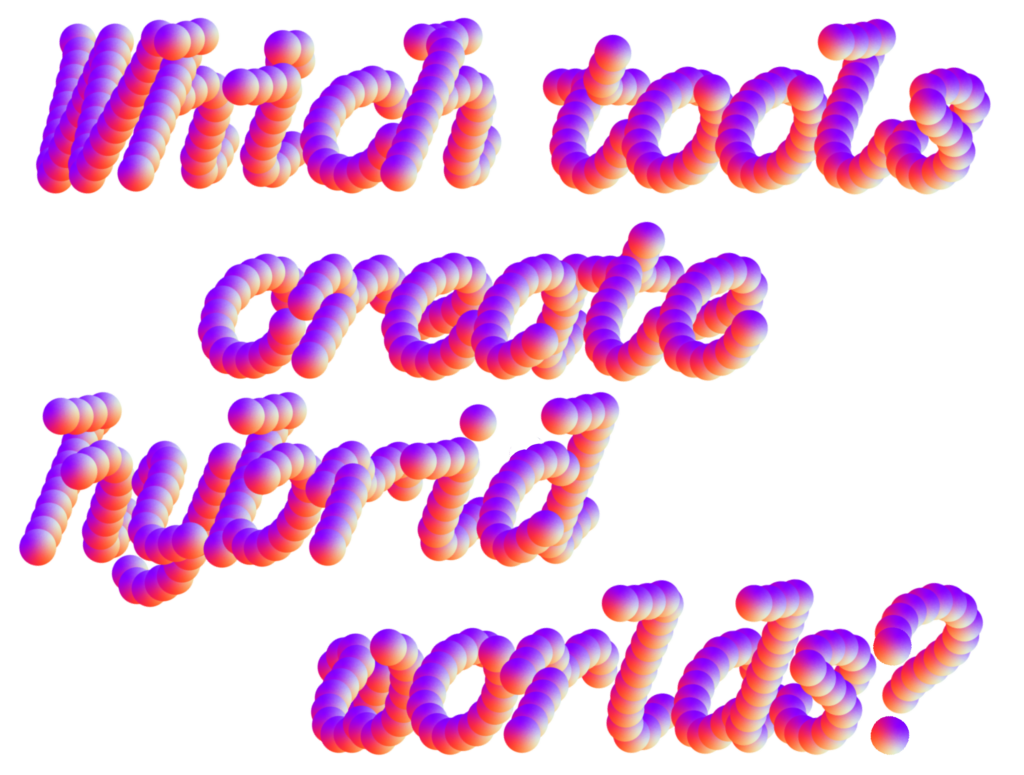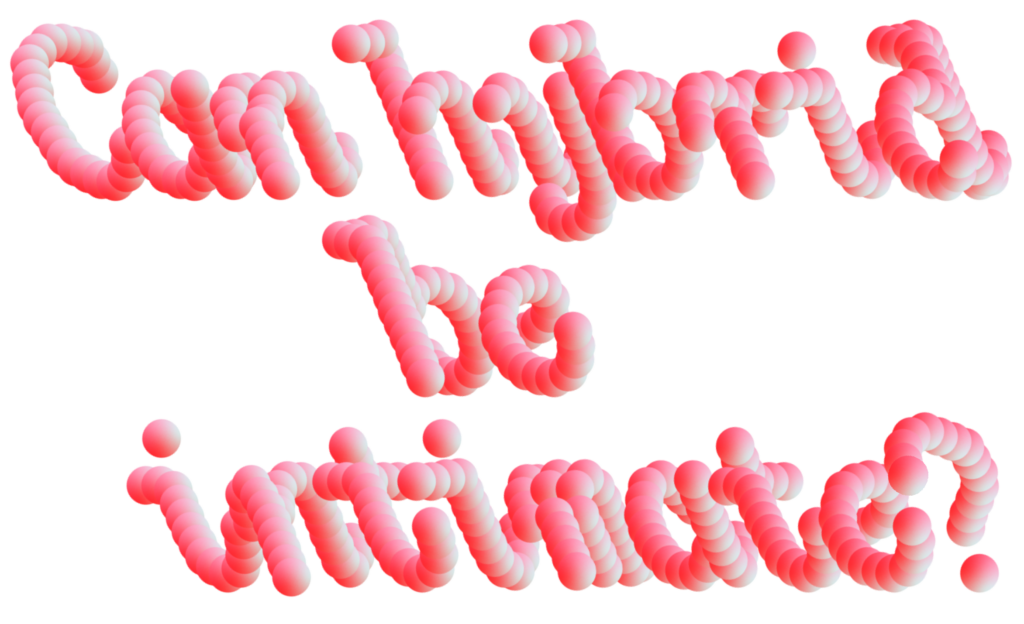
How can you make an event, an artwork, or an experience interesting for both on-site and online audiences?

With the Toolkit for the Inbetween, The Hmm, affect lab, and MU Hybrid Art House have brought together diverse experiments, experiences, and knowledge about the hybrid space between physical and digital programming. What are the possibilities, potentialities, and pitfalls of this ‘inbetween’ environment? In this current moment, with all the knowledge and experience gained during the years of the pandemic and in its aftermath, this hybrid space can be discovered, used, and developed in a myriad of new ways.

Contrary to what you might expect, this toolkit does not contain information about tools. For us, the specific tools and platforms that we used in our experiments are merely a means of bringing audiences together. Instead of focusing on tools, platforms, and technologies, the Toolkit for the Inbetween puts the audience at the centre. You won’t learn which platform works best to livestream, as this information will become obsolete in no time in this rapidly changing tech landscape. Instead, you’ll learn how to make sure visitors interact with your stream in a fun and engaging way, or interact with one another whether they’re onsite or online. We want you to get inspired to use technology to give audiences an unforgettable experience.

To create this toolkit, we brought together our shared knowledge from years of organising community-centred projects, events, and experiences. We built on this knowledge by conducting experiments ourselves that engaged with the inbetween space of hybridity in new ways. We created multiple innovative event formats and concepts in which sustainability, equality, accessibility, privacy, togetherness, deep connection, agency, and affordability (for both organisations and the audience) were central themes. Our own experience – and responses or feedback from participants – provided insights that we used to inform our research, as well as the design of subsequent experiments. In addition, we spoke with experts in areas such as privacy and liveness and delved into the cultural history of hybridity in search of inspiring examples of artists who explored the inbetween space with their work.
This website is designed so that you can navigate it in several ways. Visitors can filter the site’s contents through playful parameters of the inbetween, toggling between hybridity, setup, participation, tech, privacy, and duration. If you’re in the mood to explore, you can spin the wheel for randomly generated content. Or you can move through experiments, articles, case studies, interviews, and external links to find what you’re looking for.
Our goal is that not everyone has to reinvent the wheel, but instead, to get inspiration and leads to start their own hybrid journey.